Today, December 7, 2023, Mecklenburg County Community Support Services released the 2023 State of Housing Instability & Homelessness (SoHIH) Report. The annual SoHIH report synthesizes local, regional, and national data on the full housing continuum. It provides a knowledge base that Charlotte-Mecklenburg uses to make informed policy, practice, and funding decisions to facilitate optimized resource allocation and systems of care.
This blog post outlines the key findings from the 2023 SoHIH and what it could mean for Charlotte-Mecklenburg.

